
Director, Book Publishing, Abe Ogden; Managing Editor and Project Manager, Rebekah Renshaw; Acquisitions Editor, Victor Van Beuren; Production Manager and Composition, Melissa Sprott; Writer, Joy Pape; Cover Design, Sport Creative; Printer, Data Reproductions.
2016 by the American Diabetes Association, Inc. All Rights Reserved. No part of this publication may be reproduced or transmitted in any form or by any means, electronic or mechanical, including duplication, recording, or any information storage and retrieval system, without the prior written permission of the American Diabetes Association.
Printed in the United States of America
1 3 5 7 9 10 8 6 4 2
The suggestions and information contained in this publication are generally consistent with the Standards of Medical Care in Diabetes and other policies of the American Diabetes Association, but they do not represent the policy or position of the Association or any of its boards or committees. Reasonable steps have been taken to ensure the accuracy of the information presented. However, the American Diabetes Association cannot ensure the safety or efficacy of any product or service described in this publication. Individuals are advised to consult a physician or other appropriate health care professional before undertaking any diet or exercise program or taking any medication referred to in this publication. Professionals must use and apply their own professional judgment, experience, and training and should not rely solely on the information contained in this publication before prescribing any diet, exercise, or medication. The American Diabetes Associationits officers, directors, employees, volunteers, and membersassumes no responsibility or liability for personal or other injury, loss, or damage that may result from the suggestions or information in this publication.
 The paper in this publication meets the requirements of the ANSI Standard
The paper in this publication meets the requirements of the ANSI Standard
Z39.48-1992 (permanence of paper).
ADA titles may be purchased for business or promotional use or for special sales. To purchase more than 50 copies of this book at a discount, or for custom editions of this book with your logo, contact the American Diabetes Association at the address below or at booksales@diabetes.org.
American Diabetes Association
1701 North Beauregard Street
Alexandria, Virginia 22311
DOI: 10.2337/9781580406123
Library of Congress Cataloging-in-Publication Data
Names: American Diabetes Association.
Title: Diabetes A to Z / American Diabetes Association.
Description: 7th editon. | Alexandria : American Diabetes Association, [2015]
| Includes bibliographical references and index.
Identifiers: LCCN 2015014521 | ISBN 9781580406123 (alk. paper)
Subjects: LCSH: Diabetes. | Diabetes--Popular works.
Classification: LCC RC660.4 .D526 2015 | DDC 616.4/62--dc23
LC record available at http://lccn.loc.gov/2015014521
eISBN: 978-1-58040-650-5
Table of Contents
Many thanks to the reviewers of this edition:
Susan Braithwaite, MD
Janis Roszler, MS, RD, LD/N, CDE, FAND
Jennifer Block, FNP, MSN, BSRN, CDE
Neil Scheffler, DPM
Cassandra Verdi, MPH, RD
Katie Hathaway, Associate Director, Legal Advocacy, ADA
Krista Maier, Associate Director, Public Policy, ADA
Claire Borelli, Associate Director, Public Policy, ADA
Hemoglobin is a protein inside red blood cells. Hemoglobin carries oxygen from the lungs to all the cells of the body.
Like other proteins, hemoglobin can join with sugars, such as glucose. When this happens, it becomes glycated hemoglobin, referred to as A1C or glycohemoglobin (or sometimes as HbA1c).
The more glucose there is in the blood, the more hemoglobin will join with it. Once joined, hemoglobin and glucose stay that way for the life of the red blood cellabout 4 months.
The A1C test measures the amount of glycohemoglobin in your red blood cells. The A1C test is usually done by a lab.
A sample of your blood is taken. The blood can be taken at any time of the day. It does not matter what food you last ate. It does not matter what your blood glucose level is at the time of the test.
What the A1C Test Can Do
Tell you about your average blood glucose level for the past 2 to 3 months. You can then see how your blood glucose control has been. An A1C < 7% is good for most people, while an A1C > 9% is considered very poor control. Some reports will now give the A1C value expressed as a percent together with an average blood glucose value in mg/dl. This is known as your estimated average glucose (eAG).
Allow you to compare the A1C test results with blood glucose checks you do yourself or tests your doctor has done. If the tests do not agree, you may need to change the way or the times you check your glucose levels at home.
Help you judge whether your diabetes care plan is working. If your glycohemoglobin indicates that your blood glucose level was high during the past 23 months, something in your plan may need to be changed.
Show you how a change in your plan has affected your diabetes. Perhaps you started to exercise more. An A1C test can confirm the good effects exercise has had on your blood glucose control.
Calculating your eAG
A1C (%) | eAg(mg/dl) |
| |
5.5 | |
| |
6.5 | |
| |
7.5 | |
| |
8.5 | |
| |
9.5 | |
| |
10.5 | |
| |
11.5 | |
| |
When to Get an A1C Test
An A1C test is typically used to diagnose diabetes. If your A1C is greater than or equal to 6% at the time of the test, you will be diagnosed with diabetes. After that, have the test done at least 24 times a year.
Why You Should Continue Self-Checks
The A1C test cant replace the checks you do each day to measure the level of glucose in your blood (see ). Self-checks help you decide how to treat diabetes at that moment. What you do to keep daily blood glucose levels in range will show up in your A1C test results.
Activity is good for everyone, especially people with diabetes. Activity helps your insulin (whether made by your pancreas or taken by injections) work better, which means you may need less insulin or fewer diabetes pills to control your diabetes. Moderate activity lowers your risk of heart disease and may have beneficial effects on blood pressure and cholesterol levels. It may also reduce your risk for colon cancer. It can reduce your body fat and help you lose weight.
Activity keeps your joints, muscles, and bones healthy and strong. It improves balance and agility and lowers your risk of falling. Activity can also increase your energy; relieve feelings of depression, anxiety, and stress; and improve your mood. In short, activity could help you have a longer, happier, healthier life.
So go ahead. Get up and move whenever you can. When you are active and moving, you use two to three times more energy than when you are inactive.
Be sure to check with your health-care provider before increasing your level of physical activity. If you have not been active lately, you may need to start with just 5 to 10 minutes of an activity and work up to longer or harder activity sessions.

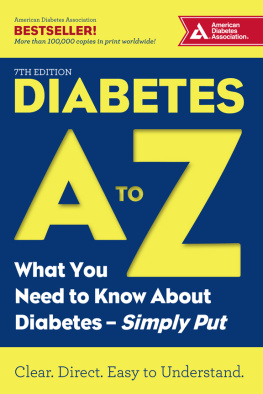
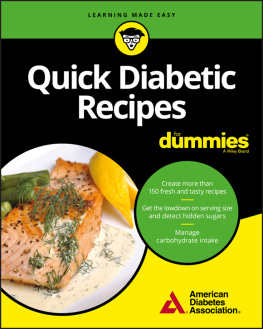

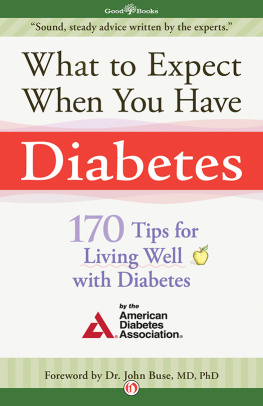
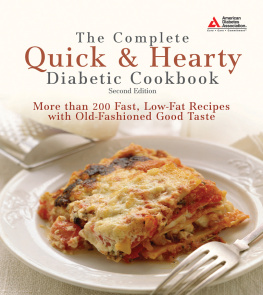
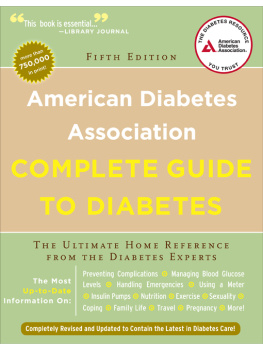
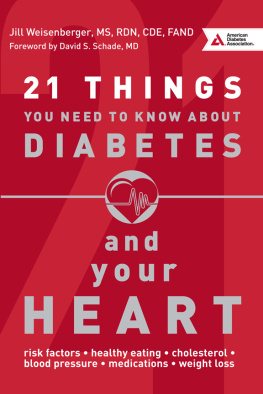
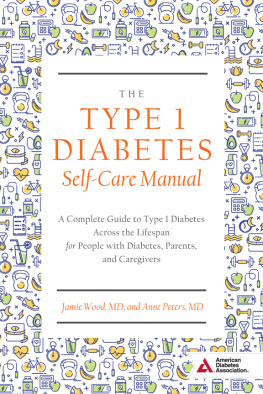
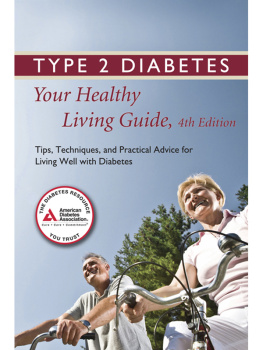
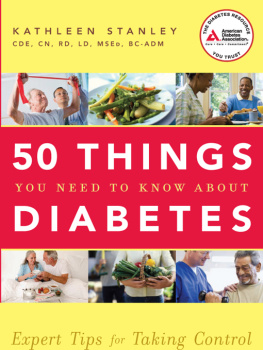
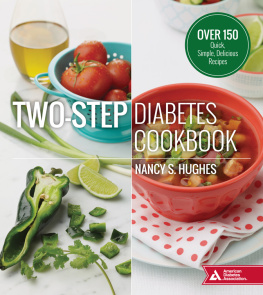
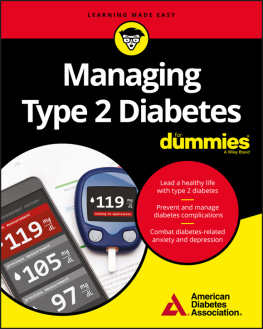
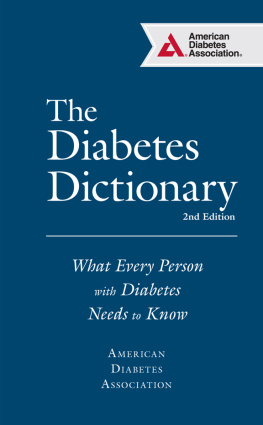

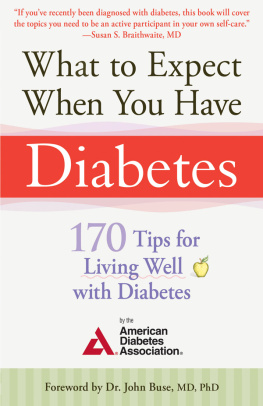


 The paper in this publication meets the requirements of the ANSI Standard
The paper in this publication meets the requirements of the ANSI Standard